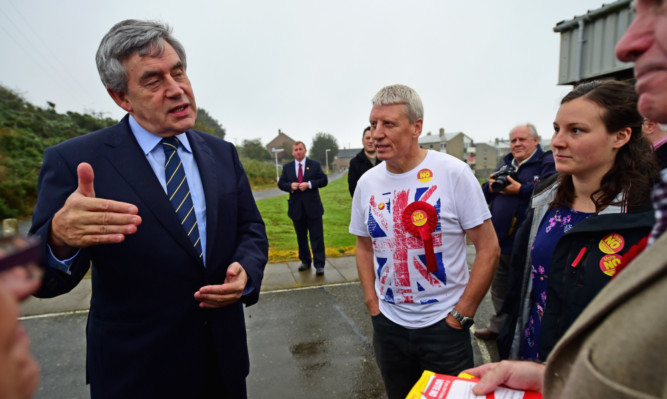From a figure of fun among the Conservatives to a saviour of the union principles they stand for, Gordon Brown’s political life has been rejuvenated by the referendum campaign.
The Labour former prime minister appeared destined for a quiet life on the back benches of Westminster – alongside his charitable projects – following his withdrawal from frontline politics after losing power at the 2010 general election.
He remained as an MP for Kirkcaldy and Cowdenbeath but his appearances in the House of Commons were occasional – so much so that they attracted a few more onlookers at traditionally quieter times in Parliament.
For the Tories, and other political observers, Mr Brown was also a man who accidentally claimed in 2008 that the then-Labour government had “saved the world”. He meant to say the banks.
But it was a slip of the tongue during a session of prime minister’s questions which sent then-opposition leader David Cameron and his Tory Party into hysterics, and became a reference point for his less than smooth period, particularly presentation-wise, in office at No 10.
But as the referendum campaign neared its climax, Mr Brown emerged from the shadows to play an increasingly prominent role in the No camp.
He announced a new fast-track timetable for further devolution to Scotland, pledging that work would begin the day after the referendum in the event of a No vote.
And the former prime minister received widespread praise from fellow No campaigners, including those considered political opponents, as he pleaded with undecided voters to reject the “risks” of independence.
Such was the reaction to the speech that Mr Brown was even mocked up as Flash Gordon on Twitter.
Now with the campaign at an end, the words of Prince Vultan are left ringing in the ears: “Gordon’s alive!”
